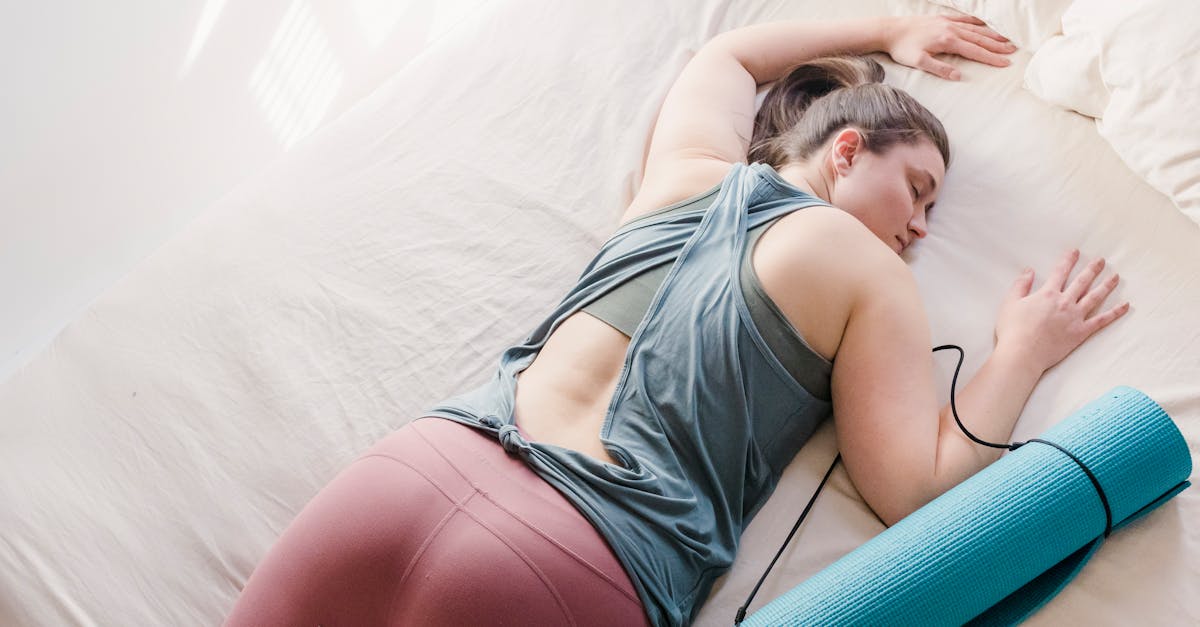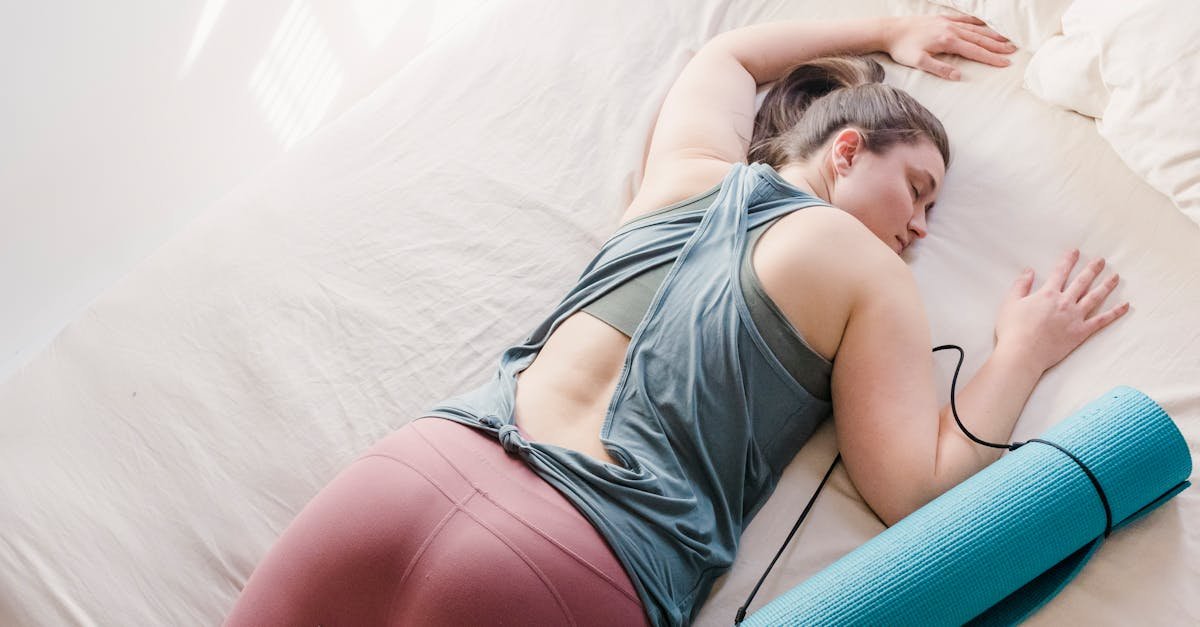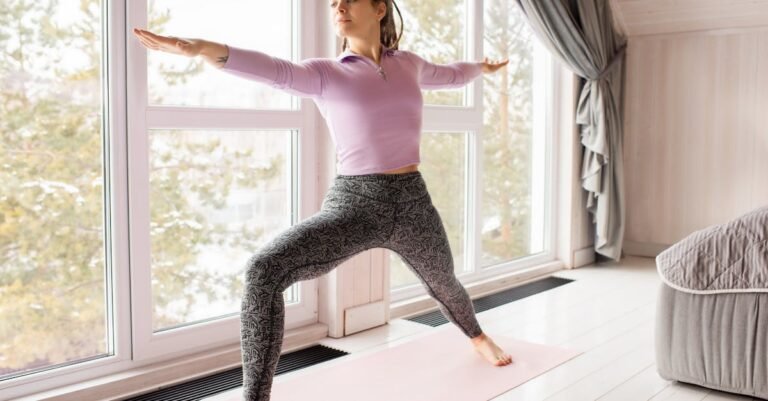Ouch! Back pain can really throw a wrench in your day, can’t it? One minute you’re fine, the next you’re moving like a rusty robot, worried about every little twist and turn. Maybe it’s a dull ache that’s always there, or maybe it’s sharp pains that stop you in your tracks. You just want to feel better, maybe get back to playing with the kids, gardening, or just sitting comfortably without that nagging pain. You’re probably wondering if there’s anything you can actually *do* at home without making things worse. Well, you’re in the right place! This article will walk you through some simple, gentle exercises you can try at home. We’ll explore movements designed to help ease discomfort and maybe even strengthen things up a bit, hopefully leading to less pain and more freedom.
Why Gentle Movement Can Help (Even When It Hurts a Bit)
Okay, so when your back hurts, your first thought might be, “I shouldn’t move a muscle!” It kinda makes sense, right? Protect the sore spot. But here’s the thing: staying totally still for too long can sometimes make back pain stick around longer. Think of it like a creaky door hinge – if you never move it, it just gets stiffer and creakier. Gentle movement is like adding a little oil. It can help keep your back muscles flexible, improve blood flow to the area (which helps with healing), and strengthen the muscles that support your spine, called your core muscles.
It’s not about powering through sharp pain – absolutely not! It’s about finding movements that feel okay, maybe even a little relieving. These movements can help loosen tight spots and remind your body how to move comfortably again. It’s a slow and steady approach, kind of like learning a new dance step – you start small and build up.
Before You Start: Listen To Your Body (Super Important!)
Alright, before you jump onto the floor and start stretching, let’s talk safety. This is really important. If your back pain is severe, came on suddenly after an injury, or if you have numbness, tingling, or weakness in your legs, you need to chat with a doctor or physical therapist first. Seriously, get it checked out. They can tell you exactly what’s going on and what movements are safe for *you*.
For everyone else, the golden rule is: listen to your body. These exercises shouldn’t cause sharp or increasing pain. A little muscle soreness or a gentle stretch feeling is usually okay, but if something feels *wrong* or makes your pain spike, stop doing it. Imagine you have a little traffic light in your head. Green means it feels fine or maybe a gentle stretch. Yellow means “Hmm, getting a bit uncomfortable, maybe ease off.” Red means “Nope, stop! This hurts.” Stick to the green and maybe light yellow zones.
Easy Stretches to Get You Going
Let’s start with some super gentle moves. These are great for just waking up the muscles around your lower back without asking too much of them.
- Pelvic Tilts: Lie on your back with your knees bent and your feet flat on the floor, about hip-width apart. Think about your lower back – sometimes there’s a little curve or space between it and the floor. Now, gently flatten that curve by tightening your stomach muscles and tilting your hips slightly up towards your belly button. It’s a small movement, like you’re gently rocking your pelvis back and forth. Hold for a few seconds, then relax. Imagine you’re trying to squish a grape under the small of your back, then release. Do this 10-15 times nice and slow.
- Knee-to-Chest Stretch: Still lying on your back, gently pull one knee towards your chest, using your hands to help if needed. Only pull as far as feels comfortable – you should feel a nice, easy stretch in your lower back and hip. Don’t force it! Hold for about 15-30 seconds, breathing normally. Then slowly lower that leg and repeat with the other leg. You can do this 2-3 times on each side. Some people find doing both knees at once feels good too, but start with one at a time.
Think of these like a gentle morning wake-up call for your back muscles.
Building a Bit More Strength (Slowly!)
Once the gentle stretches feel okay, you might be ready to add a little bit of strengthening. Remember, we’re talking *gentle* strengthening to help support your spine better. Stronger core muscles (your abs, back, and hip muscles) act like a natural corset, holding everything in place.
- Bird-Dog: Get on your hands and knees, like you’re about to crawl. Keep your back flat – imagine you could balance a glass of water on it without spilling! Now, slowly reach one arm straight forward while extending the opposite leg straight back. The key is *slow and controlled*. Don’t let your hips wobble or your back sag. Hold for a few seconds, then slowly return to the start. Repeat with the other arm and leg. Try for 8-12 reps on each side, focusing on quality over quantity. It’s harder than it looks to stay steady!
- Partial Crunches (Modified): Forget those old-school sit-ups where you come all the way up – those can be tough on a sore back. Lie on your back with knees bent, feet flat. Place your hands behind your head or across your chest. Gently tighten your stomach muscles and lift just your head and shoulders slightly off the floor. Think about lifting just enough to get your shoulder blades off the ground. Hold for a second, then slowly lower back down. Keep your lower back pressed into the floor. Aim for 10-15 slow reps.
These aren’t about getting ripped abs; they’re about building functional strength to help your back feel more supported day-to-day.
Walking: The Underrated Back Helper
You might be surprised, but sometimes one of the best things you can do for back pain is simply walk! It sounds too easy, right? But walking is a low-impact activity that gets your blood flowing, gently moves the muscles and joints in your back and hips, and can actually help improve your posture without putting much strain on your spine.
Start small. Maybe just 5-10 minutes at first, especially if you’ve been pretty inactive because of the pain. Focus on walking tall, with your shoulders relaxed and your head up. Try walking on level surfaces. Think about Sarah, a fictional example of someone dealing with nagging back ache. She felt nervous about exercise, but her physical therapist suggested just walking to the end of her street and back each day. It felt manageable. Over a few weeks, she slowly increased the distance. She noticed she wasn’t quite as stiff in the mornings, and just getting outside felt good too. It’s not a magic cure, but consistent, gentle walking can be a really positive step.
Things To Watch Out For (And Maybe Avoid for Now)
Just like some moves can help, others might make things worse, especially when your back is already complaining. It’s good to know what *might* not be helpful right now.
- Toe Touches (Standing, Straight Legs): Bending way over with straight legs can put a lot of strain on the discs and ligaments in your lower back.
- Full Sit-Ups: Like we mentioned, these can put pressure on your spine, and often people use their hip flexors more than their abs, which isn’t the goal here.
- Heavy Lifting or Twisting (Especially with Bad Form): This is often how back injuries happen in the first place! If you need to lift something, bend your knees, keep your back straight, and hold the object close. Avoid twisting while lifting.
- High-Impact Activities: Things like running or jumping might be too jarring for a sensitive back right now. Walking or swimming are usually better bets.
This isn’t a forever list, but while your back is healing or feeling cranky, it’s probably best to steer clear of these types of movements.
So, there you have it – a few ideas for gentle exercises you can try right in your living room. We talked about why moving gently can actually be *good* for a sore back, helping with flexibility and support, kind of like oiling that rusty hinge. Remember the super important step: always listen to your body and check with a doctor or physical therapist if you have serious pain or concerns. We covered some easy starter stretches like pelvic tilts and knee-to-chest, moved onto gentle strengtheners like the bird-dog and partial crunches, and even highlighted the simple power of walking. We also touched on a few moves you might want to skip for now. The main takeaway? Small, consistent, gentle movements might really help you feel better. It’s not about pushing through agony, but about taking careful steps towards less pain and more living.










